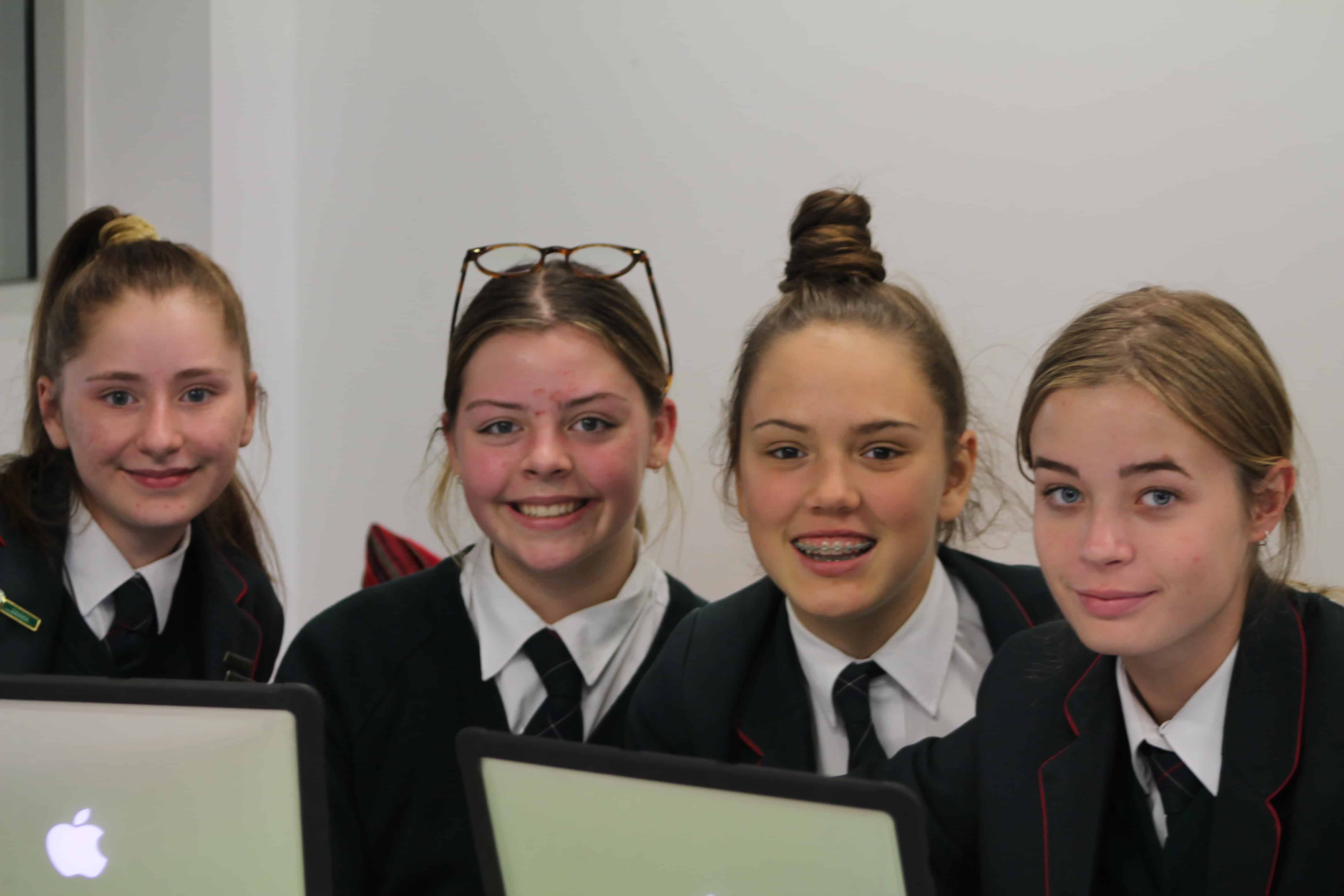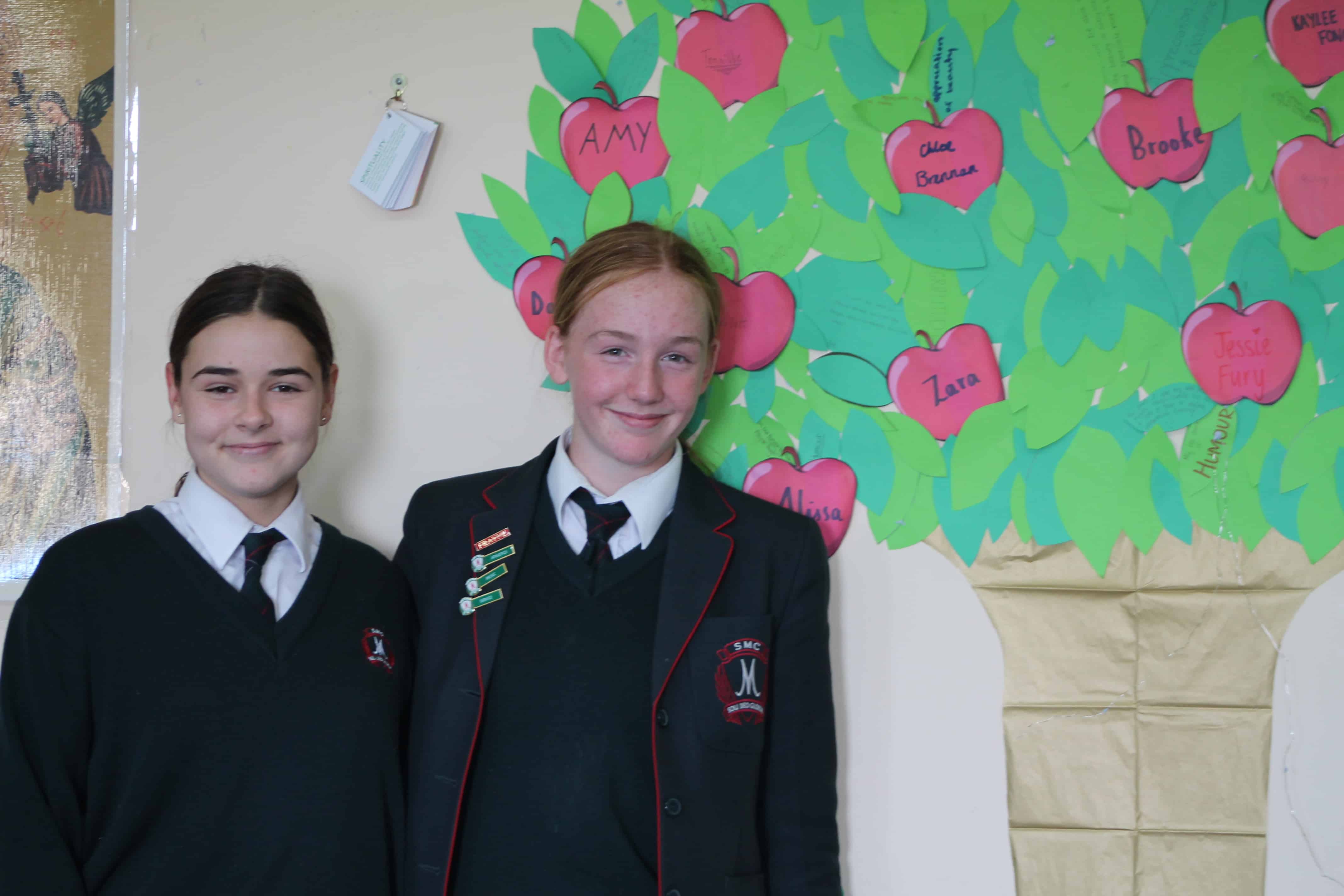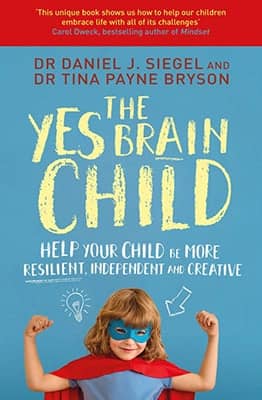
Strive9, one of our suites of Enhanced Learning Programs is a student-led program focusing on social justice. Year 9 students work collaboratively as a Homeroom to serve the needs of a particular group of people or environmental cause in society. The girls are thoroughly enjoying the project so far and have decided on what their Homeroom focus areas will be:
- Byrne – Kindergarten children
- Corbett – The environment/children – working with primary school children to clean-up the river foreshore
- de la Hoyde – Refuge children
- Dillon – Hospital staff working in stressful conditions
- Frayne – Making someone’s day special – children in care
- Kelly – Teen mums
- O’Donnell – The elderly
- O’Reilly – Young children in need

The Year 9s have now commenced planning for their Implementation Day, which is in Week 8 of Term 3. They are excited about the rest of the project ahead.
The girls, in their Homerooms, are now focusing on how they can serve these particular groups. Last week, during a Year assembly, each Homeroom shared what they had achieved so far in their Strive9 journey. They also identified the challenges and difficulties they had faced.

They considered how they can meet challenges by pausing and reflecting, before taking positive action. They also need to keep an open mind, generate ideas to problem solve, and recognise their own strengths and the strengths of others to effectively work in a collaborative way.
Strive9 connects learning to life; students are provided with a safe opportunity to actively learn how to work collaboratively and with empathy. They are also given the opportunity to learn about the importance of financial literacy and many other life skills.









